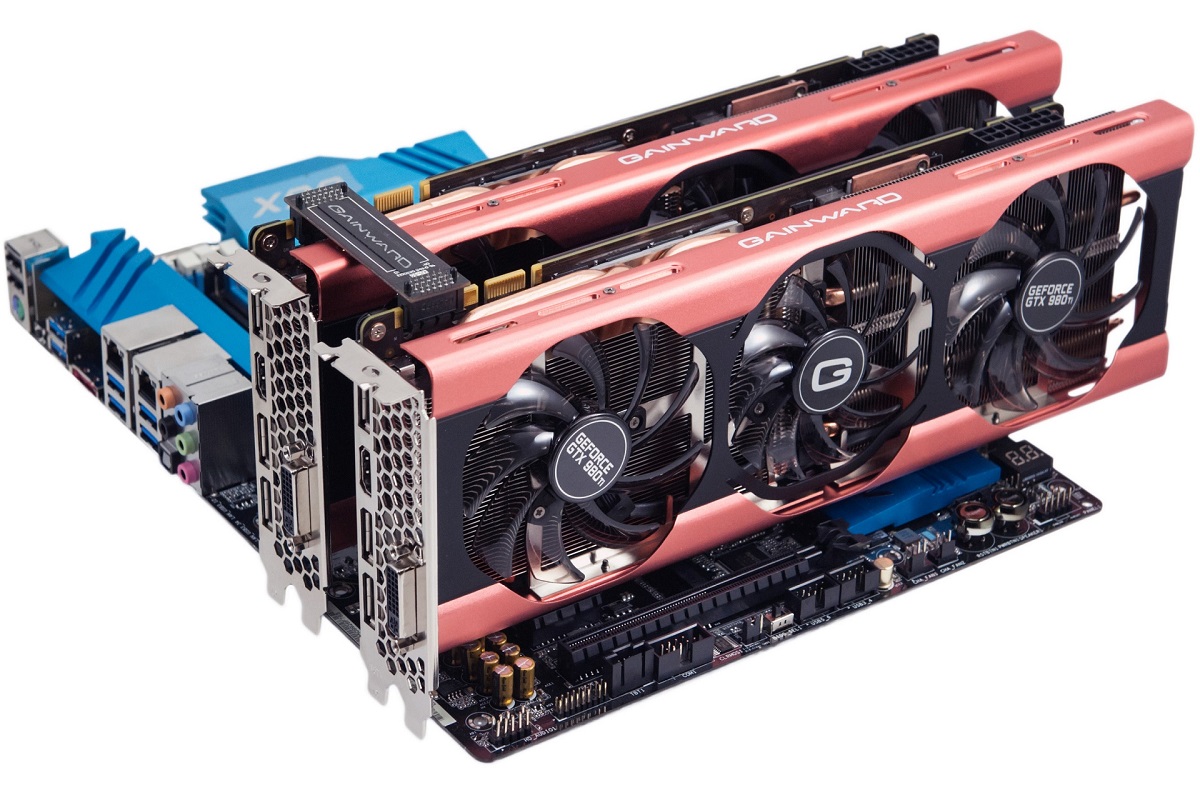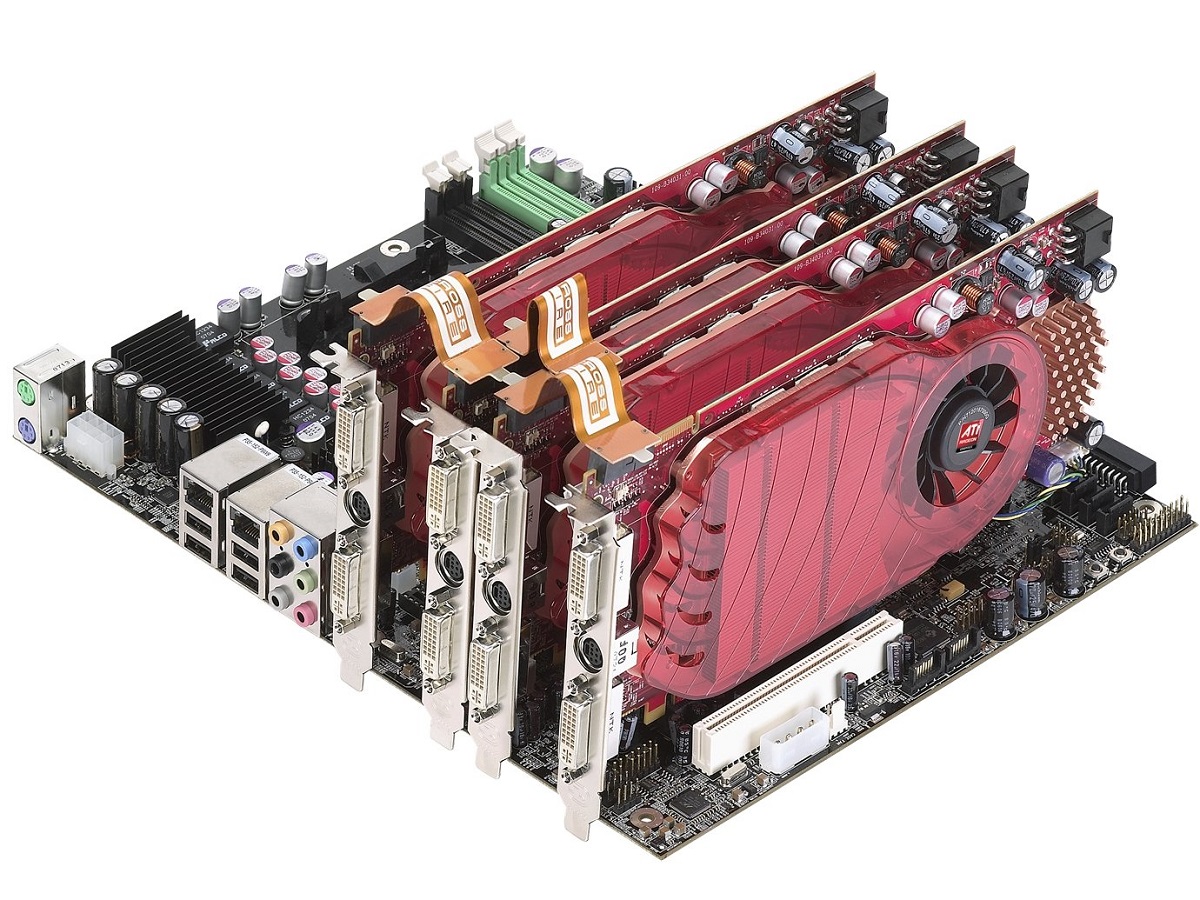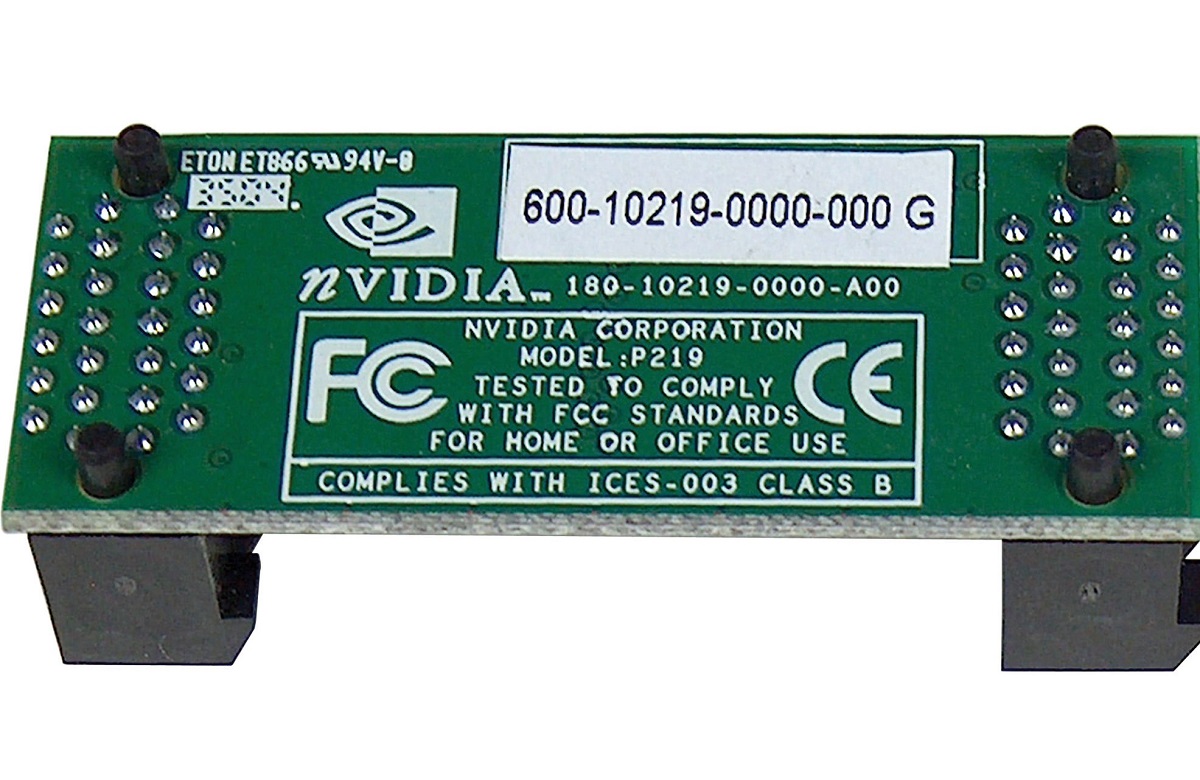As a result, they achieve next-gen class performance that wouldn’t otherwise be available with the current technology, due to power, thermal or other limitations. Nevertheless, there are some critical differences between Nvidia SLI and AMD Crossfire that demonstrate a fundamental difference in philosophy and we’ll cover some of them in this article. Imagine if you could buy two Xbox One consoles, bolt them together, and run your games at 4K resolution. Think of it that way. Both technologies work with anywhere from 2 to 3 or even 4 compatible cards in one system. Hence performing their best at high resolutions with graphically demanding games. Also, they both dramatically increase the power consumption and heat output of your computer system. Another thing they share in common is that, if the game doesn’t have a profile implemented they may not improve performance at all. However, if you’re looking for an experience that isn’t available today by other means, like butter smooth 4K or 1080p surround gaming, then these solutions were designed for you. Related Article: The difference between Graphics Card and a GPU
Nvidia SLI vs AMD Crossfire: What’s Different
1. Compatible Cards
Nvidia allows the mixing and matching of vendors and clock speeds. You can SLI an EVGA graphics card with an ASUS overclocked one. However, they require you to use exactly the same graphics processor with the same memory configuration. AMD, on the other hand, is much more flexible. You can mix vendors, clock speeds, RAM amounts, and graphics processors —provided the cards are within the same architectural family. For example, a 3GB AMD Radeon 7970 can crossfire with a 6GB Radeon R9 280X. Related Article: How To Improve Gaming Performance on Your Laptop
2. Cost
Nvidia requires SLI certification for your cards to recognize your system as compatible before they can activate. For that, Nvidia requires the qualifying PCI Express slots to run at 8X minimum; notwithstanding that nowadays, a 4X PCIe Gen 3 slot is plenty for most graphics cards. They also require the board manufacturer to pay a licensing fee. You can be sure that this fee will find its way to you, as the consumer. Contrarily, you can find AMD Crossfire compatibility on products like business class boards. Basically anything goes, as long as it’s got a couple of PCI Express 16x physical slots. AMD does not require, or charge board manufacturers for any kind of certification. Related Article: PC vs Console Gaming: Pros and Cons For Each
3. Proprietary Connection
This is actually still a work in progress for AMD. But, since the beginning of dual GPU Solutions with Nvidia’s Voodoo SLI, there’s been some kind of proprietary connector attaching the cards. Starting with AMD R9 290 series cards, and presumably future ones as well, all communication between the cards is done over the PCI Express bus. It’s a higher bandwidth, cleaner-looking solution to the problem of how these cards can sync data with each other at high speed when they’re working together. Related Article: Radeon Graphics could be coming to Samsung Smartphones
4. Crossfire With Onboard GPUs
Finally, AMD allows their low-end cards to run in crossfire with the onboard graphics of their Accelerate Processor Units (APUs). These are basically CPUs that have strong onboard graphics components. The same cannot be said about Nvidia SLI. Related Article: AMD Ryzen processor family: Everything you need to know That’s it, the philosophical difference between AMD and Nvidia. Nvidia locks things down which gives them tighter control over the consistency of the user experience. AMD offers much more flexibility and choice. And even though some of these options aren’t the best thing ever, at least you can pick them. Got any question on the Nvidia SLI vs AMD Crossfire comparison? Share with us in the comments section. Read More: All You Need To Know Before Your First PC Build







